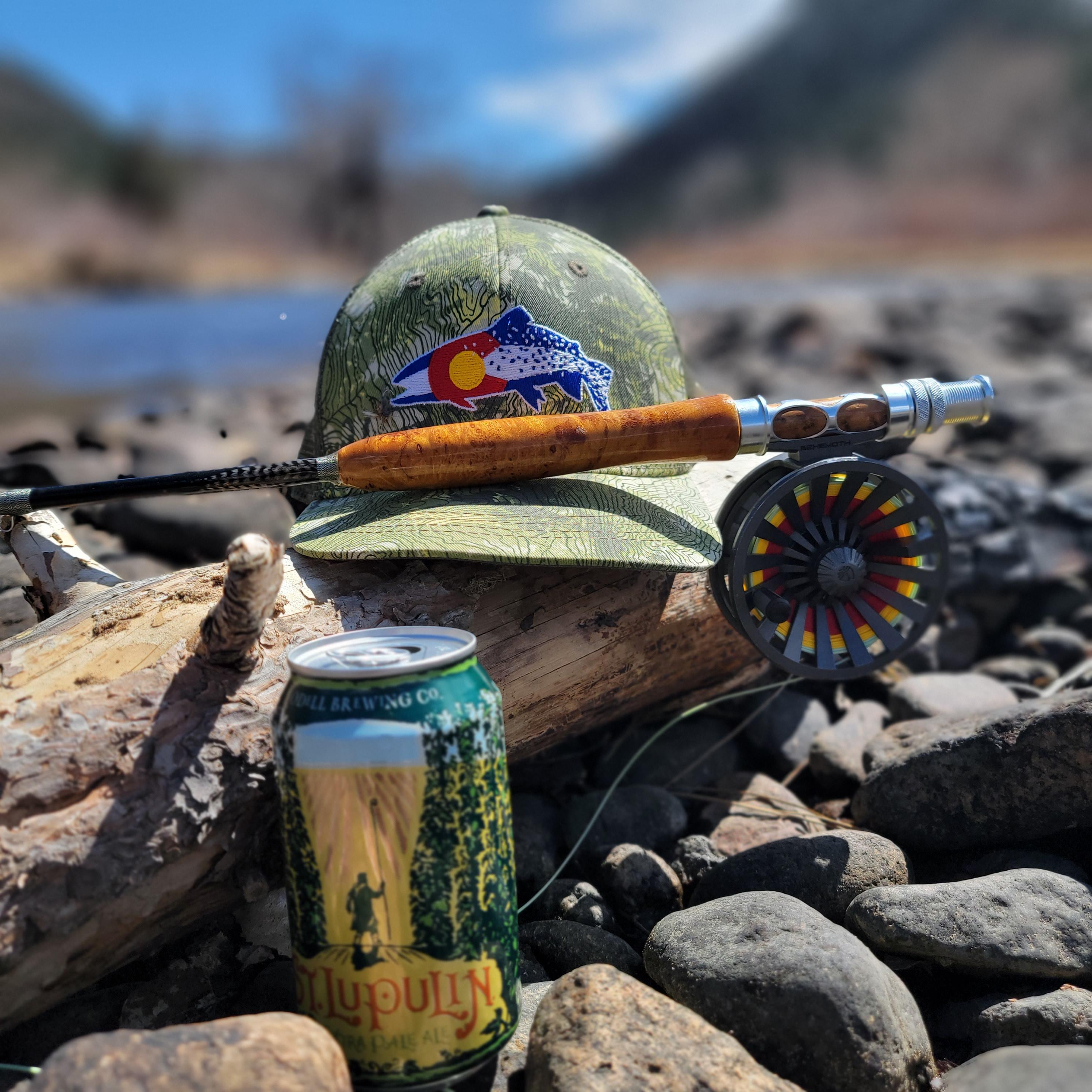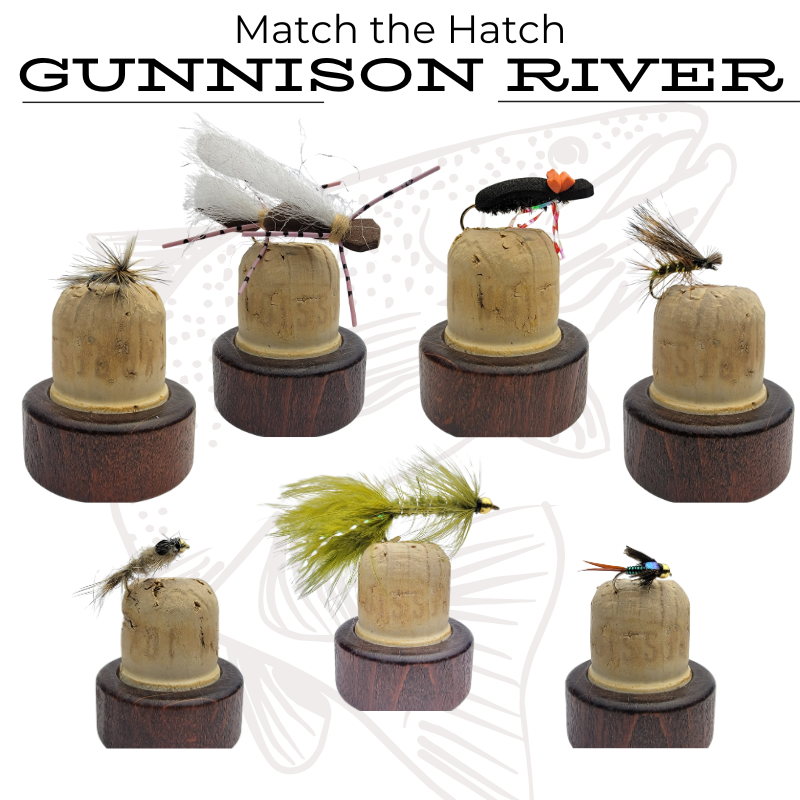Fly fishing is a popular activity in Colorado, known for its beautiful natural surroundings and abundant trout populations. However, to truly unlock successful fly fishing experiences, it is important to understand the intricate world of Mayfly hatches. Mayflies are a type of aquatic insect that are a primary food source for trout, and their hatches can significantly impact the behavior of fish and the effectiveness of fly fishing techniques. By understanding the timing, location, and behavior of Mayfly hatches, fly fishers can better anticipate the movements of trout and select the most effective flies and techniques to catch them. So, if you are interested in fly fishing in Colorado, take the time to learn about Mayfly hatches and how they can help you achieve a more successful and enjoyable fishing experience.
Mayfly Emergences in Fly Fishing

Mayfly emergences play a crucial role in fly fishing in Colorado. These hatches are highly anticipated events that attract both novice and experienced anglers. The emergence of Mayflies signals the beginning of a feeding frenzy for fish, as they eagerly consume these insects. Mayflies are an important source of food for fish, and their hatches provide an abundance of sustenance for trout and other species. As a fly fisherman, understanding the significance of Mayfly emergences is key to increasing your chances of a successful fishing trip.
Identifying Different Mayfly Species in Colorado

Colorado is home to a variety of Mayfly species, each with its own unique characteristics. It is essential for fly fishermen to be able to identify these different species in order to effectively match the hatch. Some common Mayfly species found in Colorado include the Blue Winged Olive, Pale Morning Dun, Green Drake, and Trico. Each species has distinctive physical attributes, such as body color, size, and wing shape. By familiarizing yourself with these characteristics, you can choose the appropriate fly pattern that closely resembles the Mayfly species present in the water.
Strategies for Matching Mayfly Hatches

Matching the hatch is a fundamental strategy in fly fishing. To successfully match Mayfly hatches in Colorado, it is important to observe the behavior of the fish and the insects on the water. Pay attention to the size, color, and shape of the Mayflies that are actively emerging. Use this information to select the appropriate fly pattern from your tackle box. Additionally, consider the stage of the Mayfly's life cycle, as different patterns imitate specific stages such as nymphs, emergers, duns, and spinners. Experiment with different presentations and retrieve techniques to entice the fish to strike your fly.
Best Times and Locations for Mayfly Hatches in Colorado
Mayfly hatches occur throughout the fishing season in Colorado, but certain times and locations offer prime opportunities for fly fishing enthusiasts. Spring and early summer are typically the best times to witness prolific Mayfly emergences. Popular locations for Mayfly hatches include rivers such as the Colorado River, South Platte River, and Arkansas River. These rivers provide ideal habitats for Mayflies to thrive and attract large numbers of fish. It is recommended to consult local fishing reports or seek guidance from experienced anglers to determine the best times and locations for Mayfly hatches in Colorado.
Maximizing Catch Rates during Mayfly Emergences
To maximize your catch rates during Mayfly emergences, there are several strategies to keep in mind. Firstly, be observant and pay attention to the behavior of the fish and the insects. Look for rising fish or feeding activity on the surface, indicating that the fish are actively feeding on Mayflies. Secondly, select the appropriate fly pattern that closely matches the size, color, and shape of the Mayflies on the water. Present your fly with precision and accuracy, imitating the natural drift of the Mayflies. Finally, be patient and persistent, as Mayfly emergences can sometimes be unpredictable. Stay focused and adapt your techniques as needed to increase your chances of a successful catch.
.png?width=300&height=100&name=Copy%20of%20Rise%20Beyond%20Logo%2012.31.24%20(300%20x%20100%20px).png)
.png)
.png)

